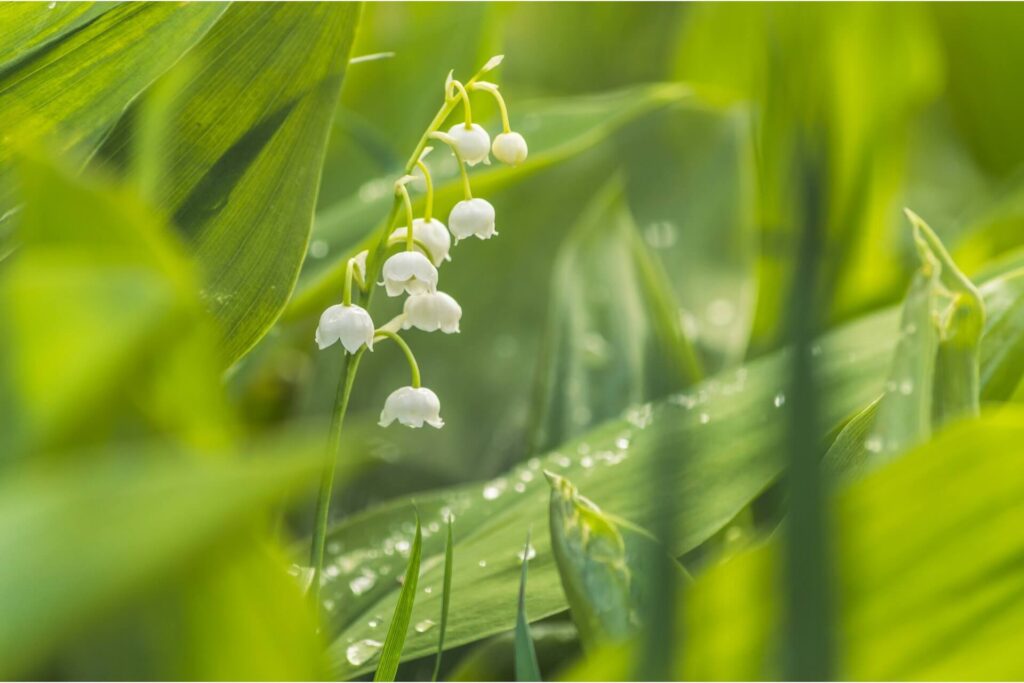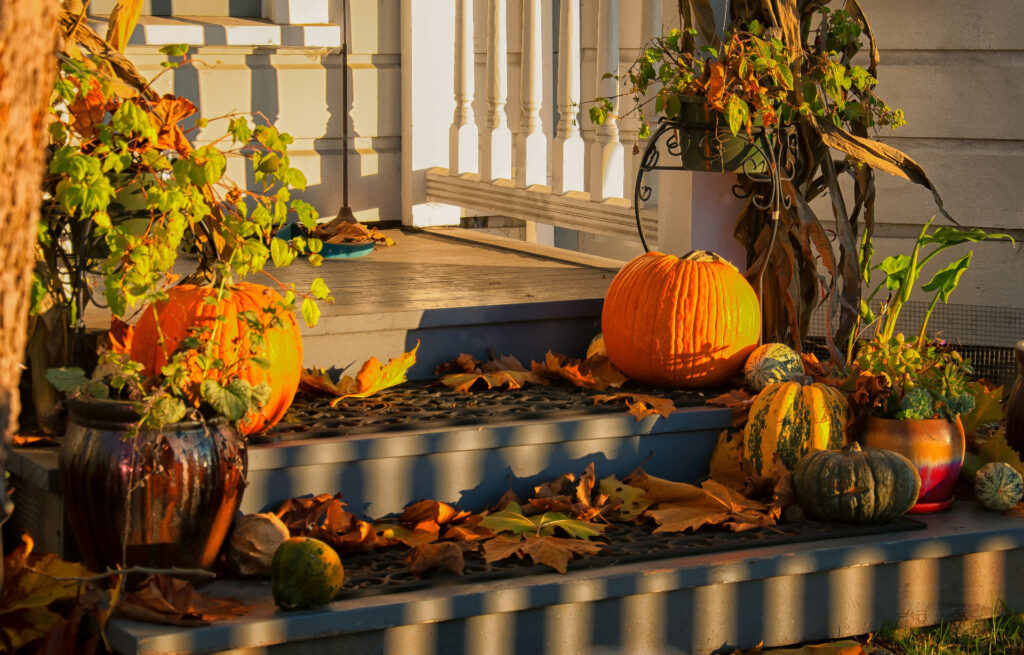
We are reader-supported. When you buy through links on our site, we may earn an affiliate commission.
Spring is here, meaning warm weather, birds chirping and bees buzzing. It’s also the perfect time to get outside and tend to your flower bed. After a long, hard winter, your bed will need a little tender loving care to be ready for summer. From getting rid of weeds to optimizing your soil, learn how to make a flower bed through the simple steps below.
1. Pick a Spot
First, you have to make sure your flower bed is in the perfect spot. If you already have a flower bed you want to spruce up, no need to look for a new location. If you want to create a new spot for some colorful vegetation, consider which areas of your yard will work best.
Know how much sun your plants will need and which spots provide enough light. A plant that doesn’t get enough light becomes tall and spindly as it searches for the sun, a process known as etiolation. Once this has happened, a plant can never fully recover.
2. Remove Existing Vegetation
If you have an existing flower bed, you’ll likely need to remove the weeds that popped up over winter. If you chose a new spot, you might have to remove both weeds and rugged turf.
There are several methods you can use to clear existing vegetation. The way you choose will depend on how much greenery needs to be removed — and how much effort you’re willing to invest.
Traditional removal methods include:
- Weeding: Using your hands and garden tools to remove unwanted vegetation physically
- Herbicides: Using spray or powder chemicals to eradicate unwanted growth quickly
- Smothering: Depriving plants of sunlight through the use of layers of material such as cardboard, mulch or grass clippings
- Solarization: Harnessing the sun’s energy to bake the soil and kill weeds
If you tend to your flower bed each year, weeding will work fine. If you have a heavy-duty job, like the removal of turf, you may need to try a method like herbicides.
3. Prepare the Soil
The best way to understand your soil’s health is to test it. A store-bought kit or hired services will tell you the various levels of your soil, including pH, calcium, potassium and magnesium. This is an easy way to determine which nutrients you need.
Nitrogen, phosphorus and potassium are considered the essential elements for plant growth and many products labeled as complete fertilizers often target these three. The pH levels of your soil, which should fall around six, can also be adjusted when high or low through the use of a base or acid-alkaline.
4. Add Compost
Do you really want your flowers to thrive? Next, put organic matter on top once you’re done preparing the soil with nutrients. This helps improve the properties of soil and aids in moisture and nutrient retention.
There are several types of compost and organic matter you can add to your flower bed to aid new growth, including:
- Leftover food
- Tree bark
- Dead leaves
- Animal manure
- Peat moss
It may help to have a designated compost area in your yard where you collect organic matter year-round. Then, you can move it from the compost to the flower bed when needed.
5. Pick Your Plants
Some people have already been looking at catalogs and planning what to fill their flower beds with for months. If you need a little inspiration, it can help to walk around your local garden center and see which plants stick out.
Look for plants that are suited for the climate, soil type and amount of available sunlight in your yard. If you have a particularly shady lawn, look for flowers like caladiums, begonias and oakleaf hydrangeas, which have adapted to thrive in the shade and indoors.
Once you’ve picked the right flowers — and you’re sure the dangers of frost have long passed — it’s time to get planting. Spend quality time in your flower bed working with the soil and determining the best spots for your plants.
How to Make a Flower Bed
Don’t forget, your flower bed will require regular upkeep, like weeding and watering, throughout the season. The more time you spend removing weeds and adjusting soil levels this year, the less you will have to deal with next year.
While it requires some effort at the start, the benefit of caring for your flower bed means seeing gorgeous blooms as you revel in the warm, sunny weather. Learning how to make a flower bed is only the first step to tending a beautiful garden.







